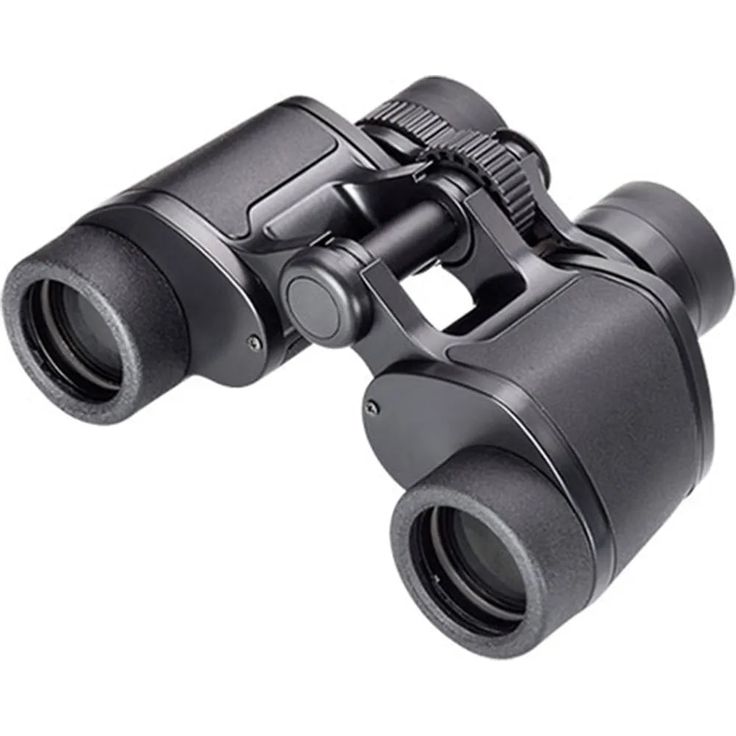A Window to the Universe
When most people think of astronomy, telescopes naturally come to mind. However, binoculars offer an equally exciting, often more accessible entry point into stargazing. Their wide field of view, simple setup, and portable design make them ideal companions for both beginners and seasoned sky watchers. Whether you’re admiring the Moon’s craters, catching a glimpse of Jupiter’s moons, or sweeping across the Pleiades star cluster, binoculars offer a magical experience under the stars.
Understanding What Makes a Binocular Ideal for Stargazing
To truly appreciate the night sky through binoculars, it’s essential to understand a few key features. The numbers you see in binocular names—like 10×50—tell you a lot. The first number represents the magnification power, while the second refers to the diameter of the front lenses in millimeters. In simple terms, a pair marked 10×50 magnifies objects ten times and uses lenses 50mm in diameter to gather light. For astronomy, combinations such as 7×50, 10×50, or 15×70 are considered optimal because they strike the right balance between zoom and brightness.
Another important aspect is the field of view. A wide field helps you locate objects in the sky more easily and is particularly useful when observing large regions like star fields or tracking fast-moving objects like satellites. Binocular weight also matters—while larger models offer more power and brightness, they can be difficult to hold steadily without support. Heavier models often require a tripod for comfortable, long-term viewing. Optics play a major role too; fully multi-coated lenses are preferred for reducing glare and enhancing clarity and contrast. And for those who wear glasses, eye relief—specifically a comfortable distance of around 15mm from the eyepiece—is crucial for an enjoyable viewing experience.

Binoculars or a Telescope? Making the Right Choice
One of the most common questions among beginners is whether to choose binoculars or invest in a telescope. The answer largely depends on your goals. Binoculars offer a wide field of view, which makes them perfect for sweeping the night sky and locating constellations, clusters, and satellites. They’re also incredibly quick to set up—just pick them up and start observing. In contrast, telescopes provide higher magnification and better detail, especially for planetary observation, but they often come with a steeper learning curve, require alignment, and are less portable. If you’re just starting out, binoculars can give you a strong foundation and immediate results.


Making the Most of Your Stargazing Nights
To get the best results from your binoculars, consider a few helpful practices. Using a tripod can dramatically improve the stability of your view, especially with larger binoculars. Observing from a dark-sky location will allow your eyes to fully adapt and see fainter stars and objects. Give your eyes at least 20 to 30 minutes to adjust to darkness, and avoid bright screens during your session. A red flashlight is a handy tool—it preserves your night vision while allowing you to read star maps or adjust your equipment. As you scan the sky, move slowly and allow your eyes to soak in the views. Over time, your familiarity with celestial objects will improve, and the sky will begin to feel like an old friend.

A Personal Journey to the Stars
There is something truly magical about lying under a clear sky, holding a pair of binoculars, and letting your gaze travel across the universe. Through those twin lenses, the sky reveals stories written in starlight—ancient light from distant galaxies, the quiet shimmer of star clusters, and the familiar glow of the Moon. Stargazing with binoculars is not just a hobby; it’s a personal journey that connects us to something vast, timeless, and awe-inspiring.
Whether you’re sitting in your backyard, hiking to a remote mountain top, or attending a star party with fellow enthusiasts, binoculars offer a practical and poetic way to explore the cosmos. They are your first stepping stone into the world of astronomy—a tool that brings the heavens just a little closer..



1 Comment
Arralore
nice blog